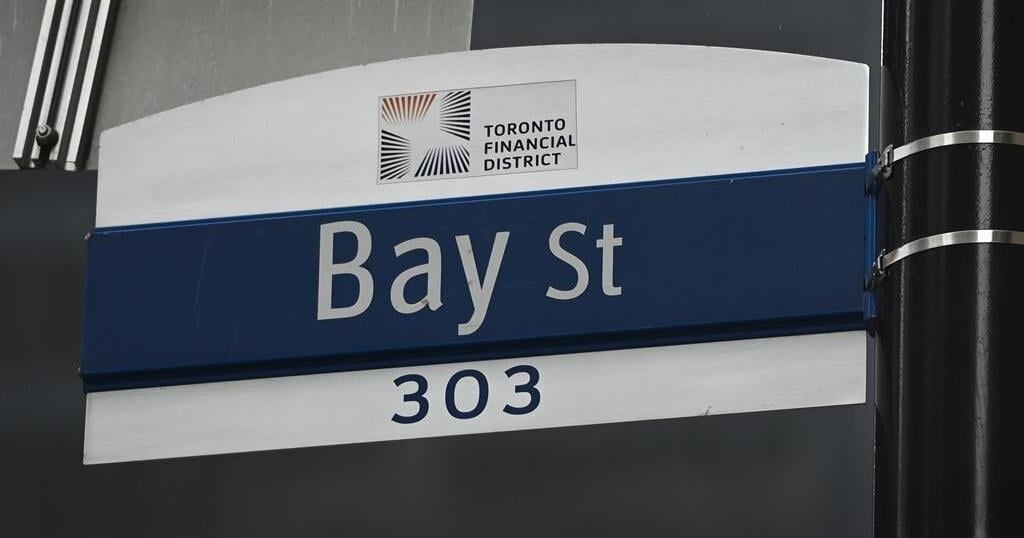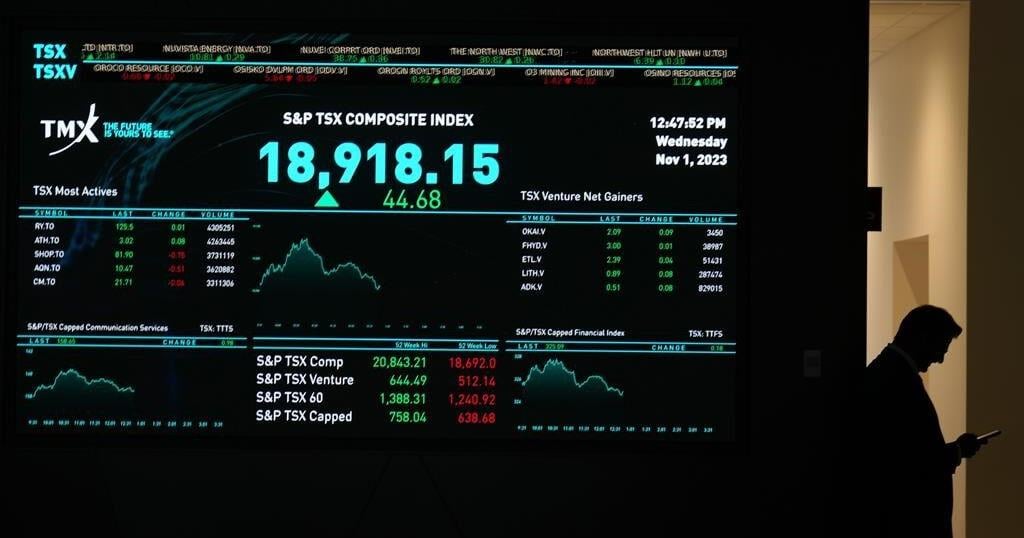Guitarist Andrew Mahs livelihood has taken a drubbing from COVID-19
For 30 years, Andrew Mah has been one of Ottawa’s premier classical guitarists, a virtuoso who performs extensively and has recorded six albums.
But for all his achievements, Mah and his livelihood have taken a drubbing from COVID-19.
Over the past week, he’s had four concerts cancelled because of the outbreak and he expects to lose all of his performances through April, at the very least. All of his in-person teaching has disappeared too, and that’s likely to continue, says Mah, who has yet to move his teaching online. He has also lost work as an arranger and music copyist because clients have had their own performances cancelled.
STAY INFORMED: CLICK HERE TO SUBSCRIBE TO OUR NEW DAILY COVID-19 NEWSLETTER FOR ALL THE LATEST UPDATES
Mah says that in all, he has probably lost more than $3,000 so far due to the pandemic, and he doesn’t know when or how he will bounce back.
“I have no idea how I will cope, and I have no idea what recovery will look like if it even becomes possible,” Mah says. “It’s a very sobering prospect that a long career as a freelance professional artist could so easily collapse after a lifetime of reputation-building.”
Mah’s situation, which is hardly unique in Ottawa and beyond, illustrates how vulnerable Ottawa’s artistic gig-economy workers are to the sudden and unprecedented ravages of the novel coronavirus, which has decimated their opportunities in a flurry of cancellations.
Mindful of the plight of freelance musicians, the union representing them, the Canadian Federation of Musicians, this week urged its members to keep track of work that they have lost due to the coronavirus. An email sent this week to Ottawa-Gatineau union members said that the federal government would ask the federation for data quantifying the losses of Canadian musicians due to the pandemic.
Mah has tried to look on the brighter side. He does have his health. “But, obviously, I’m not going out and seeing lots of people,” he adds.
He did give one performance with violinist Anna Baksheeva at Southminster United Church as part of its Wednesday noon Doors Open for Music at Southminster series. While Mah and Baksheeva played to an in-person audience of none at the church in Old Ottawa South, that concert was streamed online via Facebook.
Thanks to the initiative of the church’s musical director Roland Graham, Mah’s concert received more than 5,000 views, and donations exceeded expectations, according to the concert series’s Facebook page. Future Wednesday noon-hour concerts from Southminster United will be streamed as well.
Mah has also applied to perform online as part of the National Arts Centre-Facebook Canada joint venture announced last week. Mah will be among an untold number of musicians, dancers, comedians, theatre artists and others applying to perform online in exchange for $1,000 grants from a $100,000 relief package.
“Whether this (performing online) becomes a viable alternative method to gigging is up to the public and what they remain willing and motivated to do,” Mah says.
“Our situation is changing very quickly and thus emotions are running high,” he says. “I can only hope people are able to continue to support my own livelihood as an artist and that others get supported too.”

Bassist Chris Pond has seen his gigs and teaching dry up as a result of the COVID-19 outbreak.
Errol McGihon /
Errol McGihon
Similarly, Chris Pond, who works as a bassist in Ottawa’s jazz and indy music scenes, saw the virus rob him of a batch of gigs in March, as well as more lucrative wedding gigs in May and later this year.
He had hoped to bring his Ottawa quartet called Internet Celebrities to Newfoundland, his home province, this summer, but now that project is up in the air. Another band that he’s in, Side-Eye & Grace, cancelled its March 13 album release concert in Ottawa.
Like Mah, Pond is scrambling to move his in-person music lessons online. “Next week, I may start to panic if parents aren’t willing to make the switch to online lessons,” he says. “It’s hard to know at this point how things will unfold.
“So far, I’ve been avoiding thinking about the outcome of all this,” Pond says. Instead, he’s been using his newfound free time to compose music for a solo electronic music project.
• • •
Ottawa-based freelance violinist Laura Nerenberg is balancing her post-virus career, such as it is, with being the primary caregiver for her 10-year-old daughter. Nerenberg’s husband, a software developer, is working from home now, too. But Nerenberg says: “I feel like if I was juggling before, I’m juggling way more now.”
Nerenberg said she decided to cancel a concert last weekend and adds that she wasn’t able to turn it into a webcast on a day’s notice. “That was a huge disappointment,” she says.
Noting that many of her chamber music concerts attract older listeners who are among the most vulnerable to COVID-19, Nerenberg said she has cancelled or postponed concerts through April and May. A large tour of schools in Quebec has also been also postponed or canceled.
“Everything is completely up in the air,” Nerenberg says. “I suspect our season is just done, and we will pick up again in the fall, I hope.”
Nerenberg is also a music teacher, but she says that revenue stream is also likely to dwindle. She was to teach at a music camp in New Hampshire in July, but that’s now in doubt. She has private students too, but has not yet figured out how to take their lessons to an online platform, which she figures will entail “a steep learning curve” for herself and the families of her students. One family has said that their teenager, who had been studying with Nerenberg for almost a decade, will not continue lessons during the COVID-19 crisis, she says.
Nerenberg figures that between lost performances and teaching, she will be out about $4,000 in lost income between now and mid-summer. “It’s not insignificant. All of these little things add up,” she says.
One of the topics that Nerenberg teaches is musical improvisation, which she thinks of as a transferable skill that’s suited to our virus-plagued times.
“It’s a way to nurture the creative side of the brain,” Nerenberg says. “If ever there was a time when we needed creative solutions, this crisis is showing us that the people in charge need to think creatively.”
ALSO IN THE NEWS
Free online concerts: NAC unveils $100,000 relief initiative for performing artists
UPDATED: COVID-19 Ottawa closures, cancellations and major changes: What you need to know






















